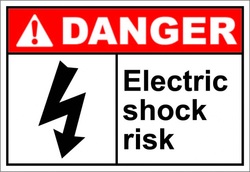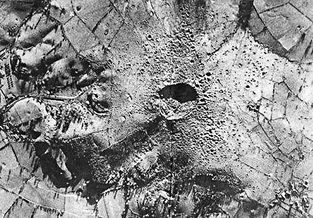| As part of our work to support Locomotive Services (TOC) Limited, we recently spent a day creating video footage of emergency situations that can forseeably occur when operating on the railway network. To create these sequences safely we carried out full risk assesments and safety briefings on the day to make sure that we kept everyone (and some very expensive camera equipment!) safe. These clips will be used to support learning programmes that we are creating for drivers, firemen, guards, stewards, shunters, service personnel and traction inspectors. The learning programmes are part of the organisation's competence management system that we have developed and support the operational rules and procedures that we are working on. The top photograph shows what happens when the locomotive suffers a 'blowback' (as happened on a charter train service at Wood Green in 2012). Blowbacks occur when combustion products from the fire are blown back into the cab - when a train passes into a tunnel or when there is a mechanical failure of some sort (as happened at Pickering on a heritage railway in 2006). The second photograph shows the moment that a detonator (also known as fog signals) explodes under the wheel of a locomotive. Detonators are small metal devices containing a limited quantity of explosive. Detonators are placed on the running surface of a rail by the traincrew to protect approaching trains of a hazard (derailment, track maintenance work, or something fouling the line) - the wheels of a train will cause the detonator to explode and the sound will alert the driver to to stop the train immediately. As well as creating video footage of detonators being placed, and then exploding, we wanted to test how audible they would be from the footplate of steam locomotive under a range of conditions. We are hugely grateful to the volunteers and staff at the Churnet Valley Railway for providing access to their railway, the locomotive and train, the crew for the day and for allowing us to do some very unusual things! |
|
0 Comments
 Photo: KentOnline Photo: KentOnline Human errors often have humorous rather than safety critical consequences. The two examples here illustrate system failures which caused embarrassment for the organisations involved, but probably nothing more. In the top example, a sub-contractor working on street repairs after gas main works made the road marking error. Instead of marking the temporary space as 'DISABLED', a rather different marking was made. The operator was probably doing the best they could - the real failure is in the system that allowed the error to occur. See the KentOnline news report for the full story.  Photo: BT.com Photo: BT.com In this second example, road painters repeated a spelling error that was first introduced on the section of road two years previously. Here, 'MINUTES' was replaced with 'MINUITES'. Again, the error lies in the system somewhere, not with the individual carrying out the marking. For the full story, see BT.com.  Firing 105mm guns on exercise (image: MoD) Firing 105mm guns on exercise (image: MoD) It's been a bad week in the news for the UK's military. Two human-related mishaps during training exercises could have had serious consequences. In the first incident, on Salisbury Plain, a 105mm round was fired towards the safe test firing area but because the wrong charge was used it went "much further" - 5 miles further. It exploded in a farmer's field, just 300m short of the main railway line. See the news story on the BBC website. In the second incident, a torpedo was accidentally launched from HMS Argyll inside Devonport naval base. The torpedo was an unarmed version used for testing drills, so did not explode when it impacted a safety fence. See the news story here. In both cases, the investigations have been launched to try to understand the causal factors. See our pages on incident investigation and common causes of human error to see how we are helping organisations manage the 'human factor' in their business. Edinburgh Trams is a project we've been involved with for quite a while - great to see trams finally running into the city centre.  A fallen power cable caused a wildfire in the US state of Washington. Electrical power company engineers attending the incident believed that the other end of the power cable was also disconnected at the top of a pylon and so posed no danger to firefighters on the ground. However, the power cable was still live at 7.2kV and when a volunteer firefighter used a portable fire extinguisher on the fire he received an electric shock. Fortunately the firefighter was unharmed. For the full news story, see the Tri-City Herald report. See our pages on procedures and documents, risk management and accident investigation for information about managing risk in an operational environment.  A US Marine firing a 60mm mortar A US Marine firing a 60mm mortar In March 2013 seven US Marines were killed when a Marine double-loaded a 60mm mortar on a training exercise. Eight other Marines were injured by the explosion. The investigation concluded that several common 'human factors' led to the accident:
Fortunately, in industry the outcome of human error is rarely this significant. For details on how we can help identify and manage human factor risks in industry, see our consultancy pages. |
Archives
November 2020
Categories
All
|







 RSS Feed
RSS Feed